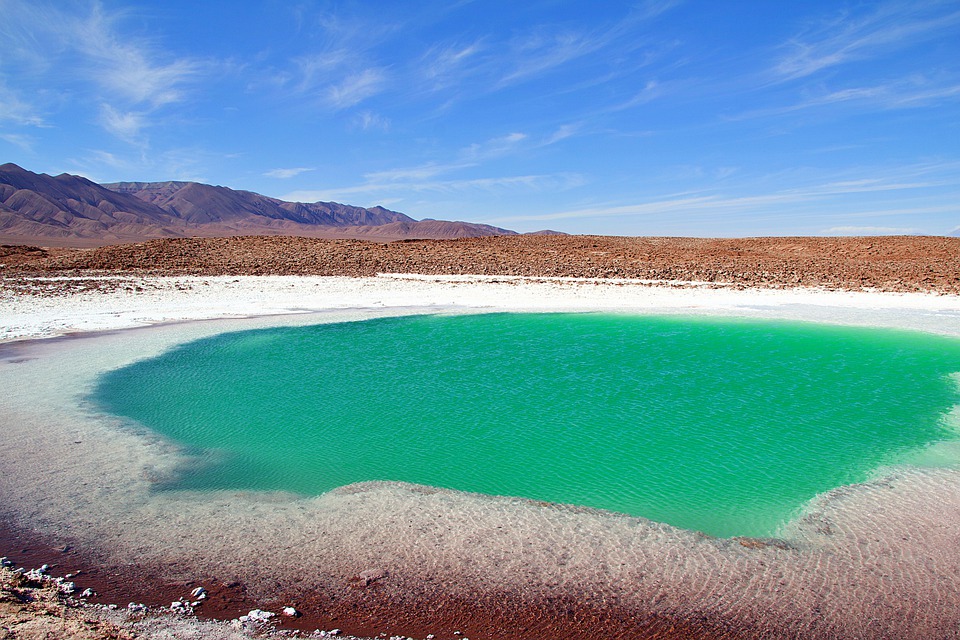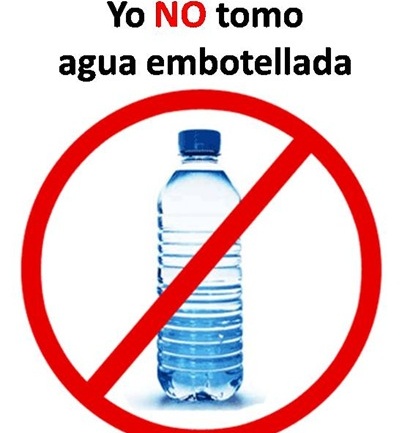By Madeline Gressman, Staff Writer for Save the Water™ | May 10, 2017
As springtime thaws the country, many are sighing with relief as frost rescinds and flowers begin to bloom. However, as the snow and ice melt away, few realize the lasting impact the winter season will have on the future of neighboring fresh bodies of water. Salt, a universal melting solution for roads and walkways around the country, is slowly making freshwater in North America saltier. This change in composition could lead to serious consequences, which could go as far as to threaten sources of human drinking water.
Since the 1940s, road salt, not too different from regular table salt, has been sprinkled on roads as a way to melt ice and protect drivers.2 In fact, each year it is estimated that a stunning 23 million metric tons of salt are used throughout North America for this purpose alone.4 This safety precaution may be well intended, but the mass salting of our roadways is consequently contaminating fresh water and posing threats to local ecosystems.
The Great Lakes
The Twin Cities in Minnesota, known for its chill and 10,000 lakes, served as a hotspot for scientists in a recent mass study of several hundred lakes. The two cities straddle the Mississippi River, which since 1985 has shown an 85 percent increase in salt concentration.3 This increase could only be caused by road salt runoff, experts say, because the salt essentially has nowhere else to go.3 This point was driven home further when results showed that lakes within 500 meters of roads had higher salt levels than those further from roadways.4 While the Mississippi River has the advantage of a flowing stream, which replenishes itself naturally, stagnant lakes and ponds are not so lucky. Their water replenishes less frequently, making them the most vulnerable to pollution.4 Experts go so far as to warn that failure to decrease salt use could result in lakes becoming too salty to support natural life by the year 2050.3
These warnings strike eerily in unison with recent calls for fresh water preservation due to the sheer lack of it. Separate researchers have found that most lakes are shallower than initially estimated in past limited studies, which in short means “less fresh water” than anyone has ever expected.5 With 18 percent of the world’s fresh water found in the five Great Lakes, the salinization that was seen in and around these communities could have dire consequences.1
Just three years ago in 2014, Lake Erie faced overwhelming algae and nutrient pollution that left 400,000 citizens in both the United States and Canadian sides of the lake without drinkable water.5 Similar issues have been unfolding throughout the country, most famously in Flint, Michigan, where salty water played a part in degrading the city’s water pipe system.
Experts urge that people reflect on the direct impact humans have on freshwater ecosystems, not just through runoff, but agriculture, the disposal of waste, and land development. 1 Salinization is one of the many threats facing freshwater and even these startling numbers, according to researchers, are “likely an underestimation” due to a lack of long-term data from Canadian regions that also use heavy amounts of road salt.4
Though local governments have cut back on salt usage, most did so because of rising costs, not because of the threat its use poses on waterways and the ecosystem.2 It is necessary that governments not only recognize this threat but take steps to protecting and promoting the recovery of freshwater ecosystems.1 The population is responsible as well to use alternative, eco-friendly ice melting options existing in most households, such as coffee grounds, sand, or beet juice.
By using alternatives to road salt and investing in desalination technology, freshwater can be preserved for future generations.
References
- David Rankin. 2002. “Freshwater Ecosystems and Human Populations: Great Lakes Case Study.” Yale F&ES Bulletin. Retrieved from https://environment.yale.edu/publication-series/documents/downloads/0-9/107Rankin.pdf
- Mary Beth Griggs. April 10, 2017. “Lakes in the northeast are getting dangerously salty, and it’s our fault.” Popular Science. Retrieved from http://www.popsci.com/lakes-are-getting-saltier
- Josephine Marcotty. April 11, 2017. “Rising salt levels threaten Twin Cities lakes by 2050.” StarTribune. Retrieved from http://www.startribune.com/rising-salt-levels-threaten-twin-cities-lakes-by-2050/419088124/
- ScienceDaily. April 10, 2017. “North America’s freshwater lakes are getting saltier.” Cary Institute of Ecosystem Studies. Retrieved from https://www.sciencedaily.com/releases/2017/04/170410124031.htm
- ScienceDaily. April 13, 2017. “New study emphasizes the relative scarcity of lake water. Umeå universitet. Retrieved from https://www.sciencedaily.com/releases/2017/04/170413084834.htm





